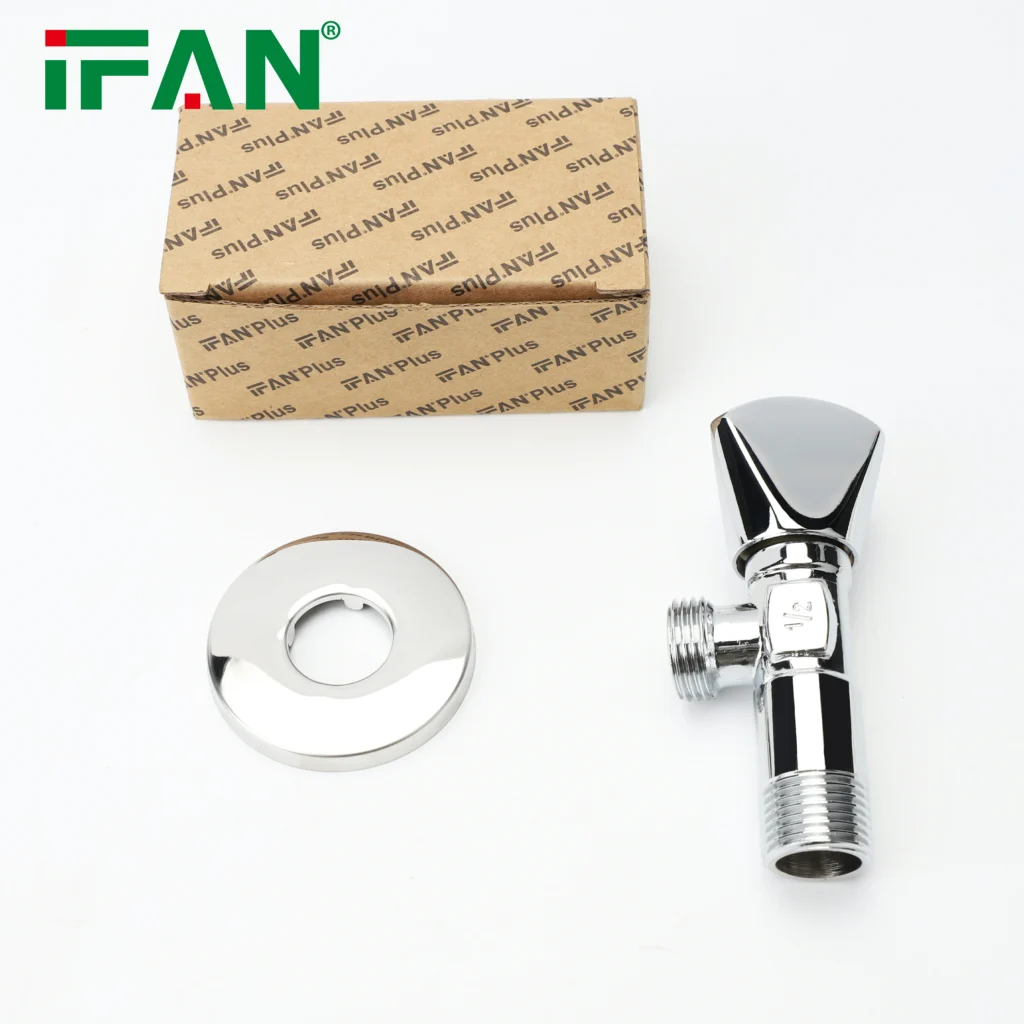Brass angle valves are essential components in plumbing and industrial systems, known for their durability, corrosion resistance, and reliability. The manufacturing process involves several precise steps to ensure high-quality performance. Below is a detailed breakdown of how brass angle valves are made.
1. Material Selection
- Brass Composition: Typically, a lead-free brass alloy (such as CW617N or CZ121) is used, containing copper (60-65%) and zinc (35-40%), with trace elements like silicon or nickel for improved machinability and strength.
- Raw Material Form: Brass rods or billets are selected based on required dimensions and valve specifications.
2. Brass Casting (for Body & Components)
- Sand Casting or Die Casting:
- Sand Casting: Used for low-volume production; molten brass is poured into sand molds.
- Die Casting: High-pressure injection into steel molds for high-volume, precision parts.
- Cooling & Removal: The cast brass components (valve body, bonnet, etc.) are cooled and extracted from molds.
- Deburring & Cleaning: Excess material (flash) is removed, and surfaces are cleaned.
3. Machining & Threading
- CNC Machining: Computer-controlled lathes and milling machines shape the cast brass into precise valve components.
- Drilling & Tapping: Holes for water flow and threaded connections (e.g., ½” NPT, BSP) are drilled and tapped.
- Surface Finishing: Smoothing rough edges to ensure leak-proof sealing.
4. Assembly of Internal Components
- Stem & Handle Installation: The brass stem is fitted with a handle (often chrome-plated brass or plastic).
- Sealing Mechanism:
- Washer-Type Valves: A rubber or PTFE washer is placed for a tight seal.
- Ceramic Disc Valves: Two ceramic discs rotate to control flow (common in quarter-turn angle valves).
- O-Rings & Gaskets: Added to prevent leaks at connection points.
5. Pressure Testing & Quality Control
- Hydrostatic Testing: The assembled valve is subjected to high water pressure to check for leaks.
- Durability Testing: Repeated opening/closing cycles to ensure longevity.
- Dimensional Inspection: Verifies thread accuracy and compliance with standards (e.g., ANSI, EN, ISO).
6. Surface Treatment & Plating
- Polishing: For aesthetic appeal and smooth operation.
- Electroplating: Chrome, nickel, or other coatings are applied for corrosion resistance and shine.
- Lacquer Coating (Optional): Prevents tarnishing in harsh environments.
7. Final Packaging & Distribution
- Labeling & Branding: Valves are marked with size, pressure rating, and manufacturer details.
- Packaging: Individual or bulk packaging with protective materials to prevent damage during shipping.
Key Factors Affecting Quality
✔ Brass Grade: Lead-free brass is mandatory for potable water applications.
✔ Precision Machining: Ensures smooth operation and leak-free performance.
✔ Seal Material: High-quality washers or ceramic discs enhance durability.
✔ Compliance with Standards: Certifications like NSF/ANSI 61, WRAS, or CE ensure safety.
Conclusion
The manufacturing of brass angle valves requires precision engineering, quality materials, and strict testing to ensure reliability in plumbing systems. Advances in CNC machining and eco-friendly brass alloys continue to improve efficiency and durability in production.
View more:https://www.ifanfittings.com/


